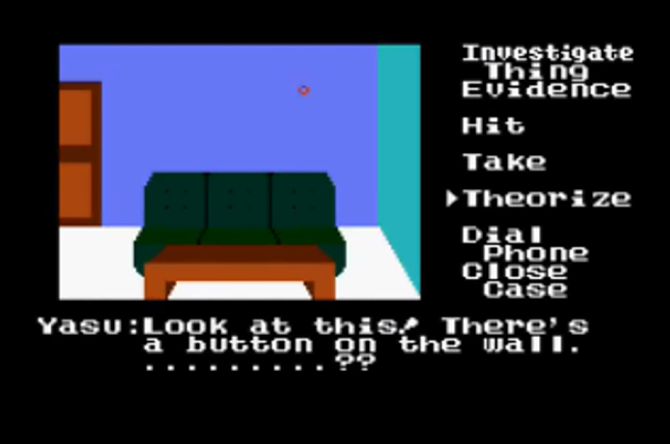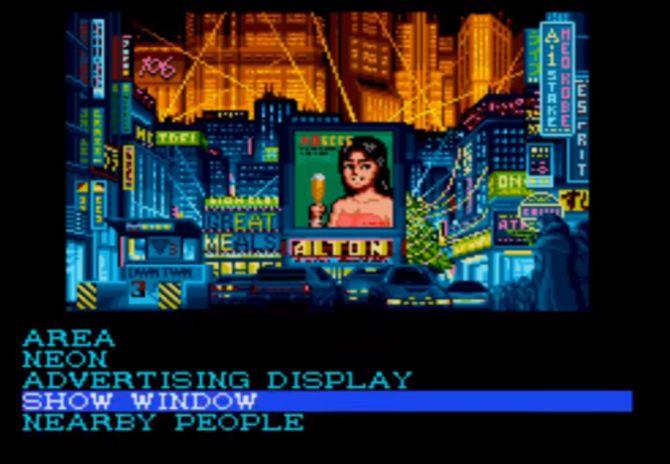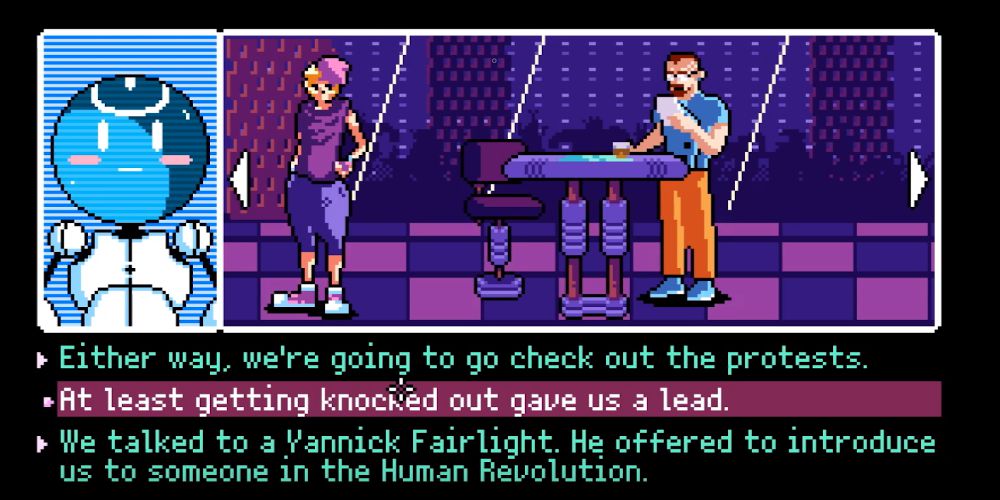Since its inception, video games have branched out into tons of different genres. RPGs, racing games, fighting games, and hack-and-slashes are undeniably considered games—but what about visual novels?
The visual novel genre falls into some sort of limbo between a video game and an interactive book. So, which one is it? Let's settle this debate once and for all!
What Exactly Are Visual Novels?

You can think of visual novels almost like choose-your-own-adventure books—however, visual novels are truly interactive.
A visual novel's story is commonly told through text-based conversations with characters, and sometimes with animated videos. Most visual novels have an anime art-style, as visual novels are most popular in Japan.
Visual novels don't involve gameplay. The majority of your time is spent reading and clicking through rounds of text.
A visual novel's characters often take the form of sprites that are placed onto a series of backgrounds. Since the genre's focus relies heavily on narrative, you'll often only see one background for each different setting.
In some visual novels, you might not even see the appearance of the person you're playing as—you simply go through the visual novel as if you're looking through the protagonist's eyes.
Some visual novels have multiple endings, while others only have one. The ones with multiple endings can have dozens—the decisions you make affect which ending you receive.
Both multi-ending and single-ending visual novels usually have the possibility of a game over if you make a "wrong" choice somewhere along the way.
ADV vs. NVL
In Japan, visual novels are separated into two categories: Adventure (ADV) and Novel (NVL). The difference is almost never mentioned in North America, but it's still worth knowing.
With ADV visual novels, the text is placed below the sprite in a separate box. On the other hand, NVL visual novels cover the entire screen with text.
These two types of visual novels might sway your opinion on whether this genre should be considered a video game. The NVL types actually read more like books and don't have as many interactive objects.
Visual novels like Fate/Stay Night have the NVL style, while others like Danganronpa feature the ADV style.
Visual Novels Aren't New

Visual novels aren't at all new. The first known example of a visual novel, The Portopia Serial Murder Case, was released in 1983. The game involves investigating a crime scene, chatting with other players, and solving puzzles.
Like a typical visual novel, it features non-moving backgrounds with text that runs on the bottom of the screen. Players can progress through the visual novel by meeting objectives in different ways, making it pretty advanced for its time.

Another notable visual novel pioneer was Konami's Snatcher. It built upon the genre even more, adding in lively animation, music, and detailed cyberpunk-style settings. Although it didn't rake in that many sales at the time of its release in 1988, it's still a remarkable game-changer in the world of visual novels.
Visual novels didn't pick up speed in North American until the early 2000s. That's when companies actually started translating Japanese visual novels into English and releasing them overseas.
The big names in visual novels like Phoenix Wright: Ace Attorney and Professor Layton popularized the genre, and set up a foundation for the ones to come.
Some of the best visual novels include the Danganronpa and Zero Escape series, which weren't released too long ago. Both of these games embrace the horror and mystery genre.
That said, visual novels have appeared with several different themes. While some belong in the horror genre, others stick with drama, romance, and even science fiction.
What Defines a Video Game?
Now that we've fleshed out the definition of visual novels, it's time to find out what makes a video game, a video game. According to the Merriam-Webster dictionary, a video game is:
"An electronic game in which players control images on a video screen."
That definition is pretty vague, but it speaks for itself. We all know that a video game is something that we play on either a console or a computer, and press buttons in order to make things happen on the screen.
With this definition, a visual novel is technically a video game. Although you're not shooting down foes, running around a map, or slashing monsters with your sword, you're still pressing buttons to advance the story and causing images on screen to move around.
However, the definition of a video game really depends on your perspective: should video games be evaluated based on their narrative, or should they be examined based on the worlds that they create?
Ludology vs. Narratology
Ludology is the perspective that a game's world and rules are what make the game valuable. Supporters of ludology don't really care about a game's storyline—they pay attention to how the game works, and how the player can change the course of the game with their actions.
Narratology is the perspective that a game's value depends on its narrative, almost like a movie or a book. In this view, visual novels obviously pass the test as to whether they can be considered games or not.
Visual novels indeed are considered games using the lens of narratology. Whether visual novels are considered games from the ludology perspective is up for debate.
Can We Call Visual Novels "Video Games?"
Hands down, visual novels can be called video games. Some might disagree and argue that visual novels are closer to movies and books than video games, but that isn't necessarily true.
Visual novels are still games—you can still interact with characters, make decisions, explore specific locations, and encounter game overs, all by interacting with images on a screen. If that doesn't count as a video game, then what does?

